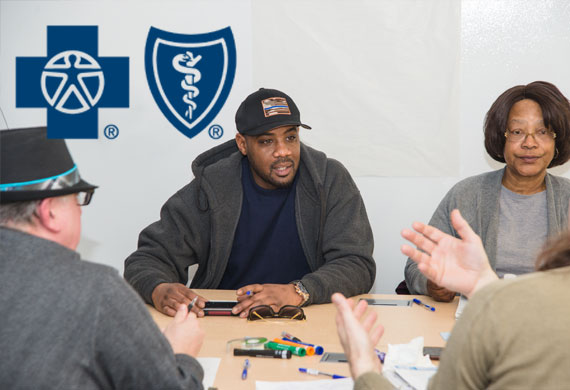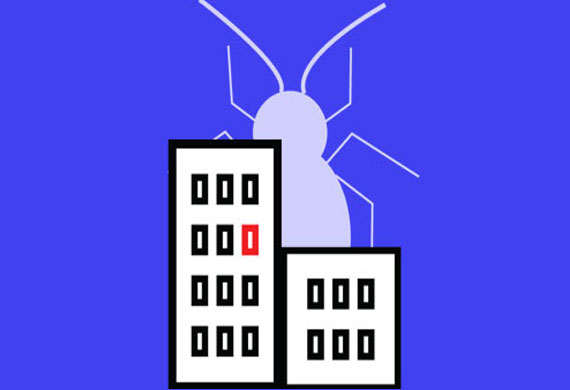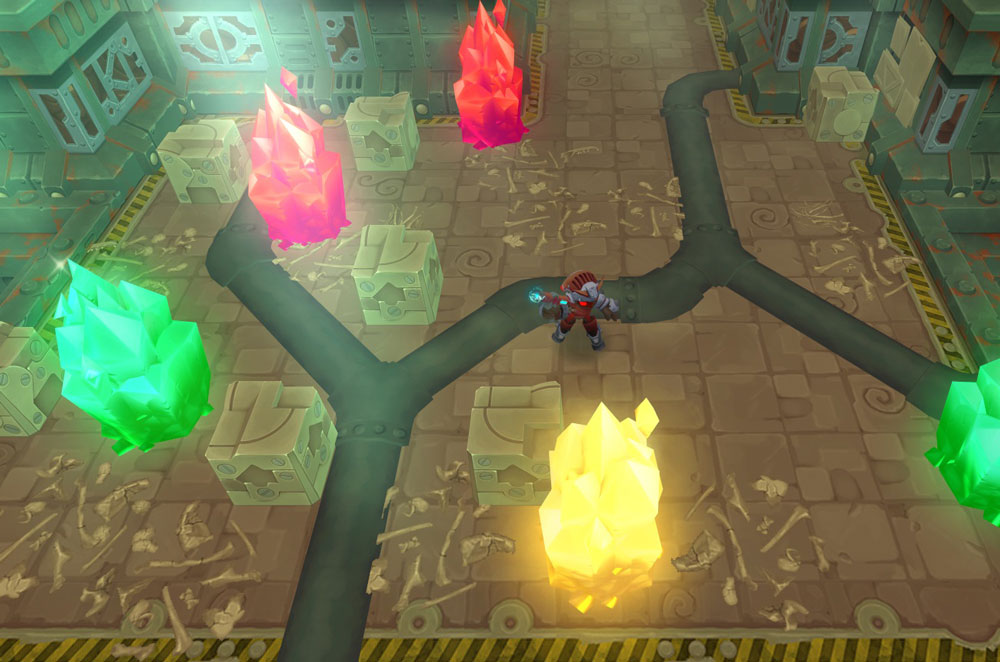-
Google Design Sprints
Blue Cross Blue Shield of MI

-
Cross-Cultural Research
Accenture

-
Atomic Research Database
Accenture

-
Service Design
Accenture

-
User Experience Strategy
Blue Cross Blue Shield of MI

-
Participatory Design
Blue Cross Blue Shield of MI

-
Ethics in Design
Citizen Interaction Design

-
Lean UX
Accenture


Social Psychology in Games
My professional experience uncovering how people think and act is rooted in an extensive educational foundation. My education has given me a deeper understanding of how to use different methods to find innovative results without introducing bias.
The following is a great example of this. It is an overview of the research I conducted as part of my master's dissertation at the London School of Economics and featured at the Games User Research Summit in 2016.
While the aim of the research was not originally to conduct a usability test, the final structure mirrored the “think aloud” protocol used in usability tests and unearthed potential for better usability in social games.
- Aug 2011 to Nov 2012
- Usability Testing, Social Psychology
- Spiral Knights Master's Thesis
- Camtasia
The Challenge
The aim of this research was to investigate how people cognitively represent the mental states of others (referred to as Theory of Mind or ToM) when performing a joint task.
I used video games as the medium because in a virtual world I could control possibly confounding variables that would have been near impossible to control the real world.
The Who
My Role

Researcher
Finding a Solution
Lorem ipsum. My process could be broken down into the following three steps:
1 Participant Recruitment
2 Playing the Game
3 Analizing The Results
Participant Recruitment
Six participants were recruited through convenience sampling for this study - five men and one woman. All participants were in their mid-twenties and were casual to avid gamers.
I personally recruited each participant and coordinated schedules to make sure that two people had matching availabilities.
Scheduling participants in such a short time without incentives was challenging, but I ended up with a considerable amount of data at the end of the study.


Playing the Game
Pairs of gamers played Spiral Knights together for an hour in groups of two and were unable to linguistically communicate with each other during the game (i.e. they were physically separated so they could not talk, and they were not allowed to use the in-game chat).
During the gameplay, each participant was told to narrate the events that occurred on the screen or to "think aloud”, and both their narrations and their screens were recorded for analysis.
Analyzing the Results
Next, I compared the video and audio recordings from each pair's gameplay.
I especially focused on instances where the two players had to work together to solve an in-game puzzle and examined how each player conceptualized the events taking place.
I also took note of the types of pronouns each player used and how they tried to communicate intent to the other player.

The Results
My research uncovered several interesting findings relating to Theory of Mind in video games and how video games could be better designed to support how people conceptualize group interactions.
Virtual Proto-Conversations
An example of the multilayered cognition that my research uncovered comes in the form of virtual proto-conversations.
This refers to the fact that participants, despite not being able to actually hear each other, would have what appeared to be brief conversations around in game events.
Players used their avatar's abilities in intentionally unusual ways, such as flashing their shield, as part of these conversations.


Supporting Interpersonal Communication
Overall, there was a lack of infrastructure to support subtle forms of interpersonal communication between players.
In Spiral Knights specifically, a simple program could be added to the game that looks for specific actions and then turn them into cues for other players such as a symbol on their mini-map or a sound.
Games User Research Summit
My research was selected for a poster presentation at the Games User Research Summit US 2016 held at EA's headquarters in San Francisco.
GUR is a conference dedicated to user research in the video games industry and is attended by representatives from studios such as Riot, EA, Google Play, Player Research UK, and Gearbox just to name a few. Below is a copy of the poster I created for the summit and a picture of it at the event.


The Learnings
This research gave me a great introduction into working on digital projects and would lay the foundation for my future user experience career.
Skills Developed
- Software Research
- Think Aloud Protocol
Skills Enhanced
- Social Psychology
- Participant Recruitment